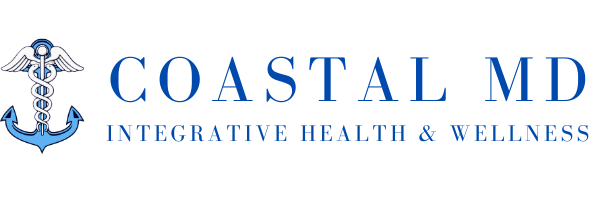Understanding the Side Effects of Male Hormone Replacement Therapy
Male hormone replacement therapy (HRT), particularly testosterone replacement therapy, is a significant treatment option for men experiencing the symptoms of low testosterone. While it offers numerous benefits, like all medical treatments, it also comes with potential side effects. It’s important for anyone considering HRT to understand these possible effects to make an informed decision.
Common Side Effects of Male HRT
- Skin Reactions
Description: Topical applications like gels and patches can sometimes cause skin irritation or rashes at the application site.
Management: Rotating application sites and using skin care products may help. In persistent cases, a different administration method may be recommended.
- Mood Swings and Mental Health Changes
Description: Fluctuations in hormone levels can impact mood, potentially leading to irritability or mood swings.
Management: Monitoring hormone levels closely and adjusting dosages can mitigate these effects. Psychological support may also be beneficial.
- Changes in Libido and Sexual Function
Description: While HRT often aims to improve sexual function, some men may experience changes in libido or erectile function.
Management: Adjusting therapy or incorporating other treatments for sexual dysfunction can be effective.
- Sleep Disturbances
Description: Testosterone therapy can sometimes contribute to sleep apnea or disturbances.
Management: Sleep studies and modifications in therapy may be necessary for those who develop sleep-related issues.
- Cardiovascular Risks
Description: There has been concern and debate over the potential for increased cardiovascular risks, such as heart attacks and strokes, though research is ongoing.
Management: Regular cardiovascular monitoring and maintaining a heart-healthy lifestyle are important.
- Changes in Blood Composition
Description: Testosterone therapy can increase red blood cell count, which might lead to complications like blood clots.
Management: Regular blood tests to monitor red blood cell levels and adjustments in dosage can help manage this risk.
- Effects on Fertility
Description: Testosterone replacement can decrease sperm production, affecting fertility.
Management: Men planning for children should discuss fertility-preserving options with their healthcare provider.
- Impact on Prostate Health
Description: Concerns about the potential for stimulating prostate cancer growth or benign prostatic hyperplasia (BPH) exist.
Management: Regular prostate screenings and monitoring are essential components of safe testosterone therapy.
Minimizing and Managing Side Effects
Personalized Treatment Plans: Tailoring the treatment to individual needs and regularly adjusting it based on response can minimize side effects.
Close Monitoring: Regular follow-ups with a healthcare provider and periodic blood tests are crucial for early detection and management of side effects.
Lifestyle Adjustments: A healthy diet, regular exercise, and stress management can enhance the effectiveness of HRT and reduce risks.
Conclusion
While male hormone replacement therapy can significantly improve the quality of life for those with low testosterone, it’s not without potential side effects. Understanding these risks, having open discussions with healthcare providers, and undergoing regular monitoring are key to safely benefiting from HRT. As research continues to evolve, so does the understanding of these effects, aiding in the development of more effective and safer HRT protocols.

